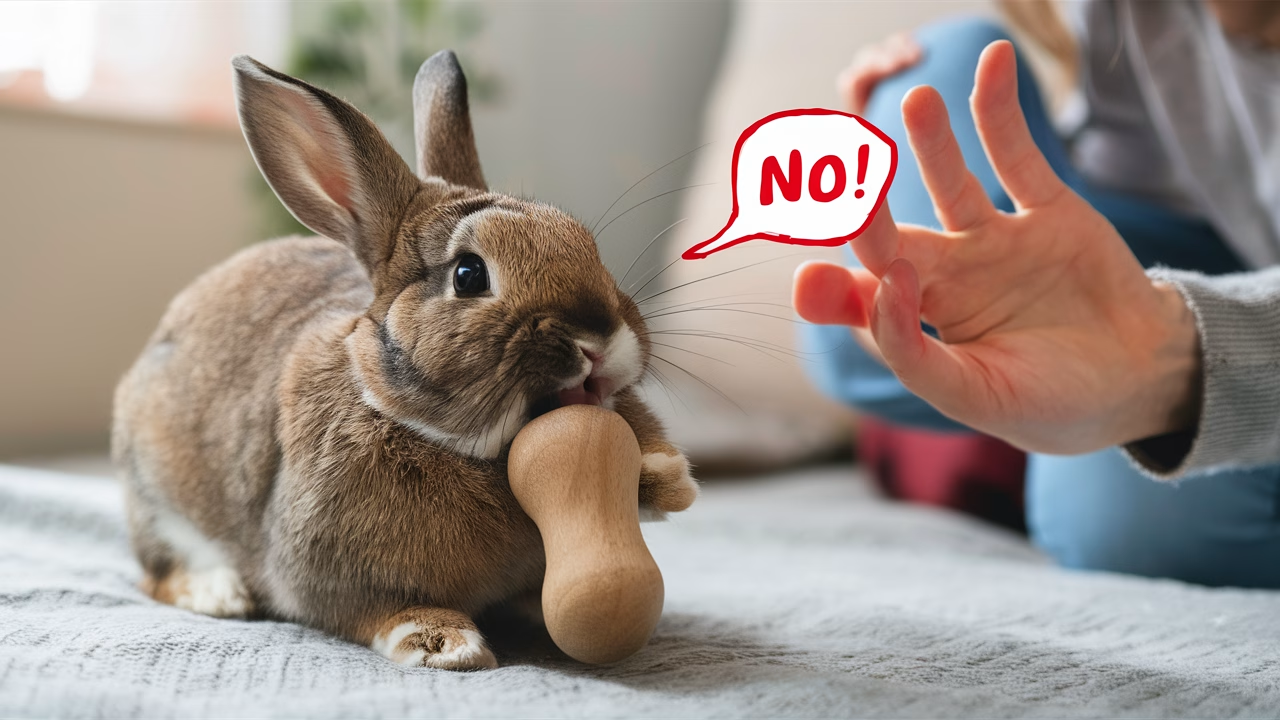Why Don’t Pets Seem to Understand No — And Can That Ever Change?
If it feels like your pet is tuning you out whenever you say no, you’re not imagining things. But it’s not always stubbornness—it’s often about how their unique brains process human language and intent.
- Understanding no is not universal: Different species interpret verbal corrections differently—or not at all.
- Selective hearing in pets is real: Especially in cats and parrots, where motivation and context override obedience.
- Pet Communication Strategies work best when tailored: Redirecting instinctive behaviors beats repetition 9 times out of 10.
- Animal Communication Science shows: Species process signals through scent, body language, and consistency over words alone.
- Solution: Align your training with their evolutionary instincts for lasting results.
Canine Communication: Understanding Dogs’ Responses
Decoding Facial Expressions and Body Language
Dogs are excellent emotional readers. In fact, they understand up to 250 words, yet no often gets lost in translation. Why? Because dogs don’t just hear the word—they read your entire emotional canvas: your body posture, your facial micro-expressions, even scent changes tied to mood. A study by the University of Vienna confirms dogs interpret commands through a web of contextual cues. So, saying no with an angry voice while simultaneously handing them food sends a wildly mixed message.
This explains why your dog obeys beautifully in quiet training but forgets when the dinner table is in play. Their brain experiences sensory overload when too many conflicting signals fly in at once. For effective Pet Communication Strategies, focus on clear, consistent body language paired with simple verbal cues.
Feline Behavior Secrets: Strategies for Cats’ Selective Hearing
Cost-Benefit Analysis and Cooperative Disobedience
Ever feel like your cat hears you and continues doing the exact opposite? You’re likely right. Research from Tokyo University shows cats recognize names and commands—but only choose to respond about 30% of the time. They’re not ignoring you; they’re making a micro-second judgment: Is it worth stopping what I’m doing?
This feline behavior is called cooperative disobedience. It’s not rebellion, just evolution. Cat Behavior Analysis reveals that cats retain more wild instincts than dogs, so their loyalty is more… negotiable. Instead of trying to dominate, alter the environment. Use motion-activated furniture covers or double-sided tape for counter-surfers, then redirect to a preferred space, like a cat tower or window perch.
Avian Intelligence: Parrots’ Contrasting Understanding of Commands
Inviting vs. Discouraging Actions
Parrots are brilliant—the Einsteins of the bird world. Yet ironically, they’re some of the worst at obeying no. Why? Emotional attention fuels behavior. When you react with energy, your parrot reads it as: This is fun! Rather than discouraging, your big facial reactions, voice modulations, and movement can actually reward them.
In one study, parrots repeated undesirable behaviors at triple the rate if owners reacted strongly. The Parrot Response to Commands improves dramatically when you use low-energy correction and redirect with equal intensity on desired behaviors. Reward calm with socialization or treats. Over time, they’ll favor what brings engagement without scolding.
Bunny Communication: Redirecting Rabbit Behavior
Survival Instincts vs. Listening Skills
Rabbits don’t function under the same rules as predators like cats or dogs. As prey animals, their nervous systems are fine-tuned for escape, not conversation. When you shout no as they gnaw your floorboards, their brain is calculating escape paths—not comprehension. It’s not disrespect; it’s survival.
So what works better? Redirection. Provide hay-stuffed cardboard boxes or willow chew toys. Reward them for using these each time. According to the House Rabbit Society, redirected behaviors have a 70% higher success rate than verbal corrections. Head petting and affectionate grooming after appropriate behavior can deepen the bond while implementing Effective Pet Commands.
Rodent Relations: Effective Communication with Small Pets
Instinctual Responses and Behavioral Patterns
Hamsters, gerbils, and guinea pigs often leave owners puzzled: Why don’t they stop chewing the cage bars? Because these species hardly connect human words or tone with outcomes. Their reality is ruled by instinct and repetitive routines.
Animal Communication Science proves that these animals respond best to timed repetition and consistent environmental cues. Use light/dark cycles, feeding rituals, and sound patterns instead of vocalizations. For example, tapping their bowl before meals builds a non-verbal association with feeding time. This approach works far better than traditional verbal commands.
Comparing Pet Sensory Processing Capabilities
| Animal | Can Understand No? | Best Training Approach |
|---|---|---|
| Dogs | Partially | Clear signals + Consistency |
| Cats | Yes, but rarely act on it | Environmental Management + Redirection |
| Parrots | Yes, response depends on attention | Low-Reaction Correction + Redirection |
| Rabbits | No | Silent Redirection + Chew Alternatives |
| Rodents | No | Pattern and Cue Conditioning |
What About Reptiles, Horses, and Ferrets?
Each of these animals proves the diversity of pet communication even better:
- Reptiles: Process visual and heat-based cues, not words. Use routines, not discipline.
- Horses: Saying no often activates frustration reflexes. Instead, apply pressure/release training that honors their movement instincts.
- Ferrets: Wildly curious and playful, but 80% of the time, they’ll prioritize fun over obedience. Redirect energetically instead of correcting.
Do Cows Have Regional Accents? The Surprising Science Behind Bovine Moo Patterns
Frequently Asked Questions
Why does my dog ignore me when I say no?
Your dog isn’t being willfully disobedient—they’re processing multiple signals at once. Saying no without consistent body language or follow-through dilutes its meaning. Clear gestures and immediate redirection are more effective.
Do cats understand verbal commands at all?
Yes, cats understand some human words—including their names—but they often ignore them unless they find the command personally rewarding. Use positive reinforcement and environmental tweaks.
Can parrots be taught not to do something?
Yes, but not with scolding. Parrots react to energy more than content. Calmly redirect behavior and reward desired actions with playtime, not verbal reprimands.
Is it possible to train rodents like hamsters or guinea pigs?
Basic conditioning with patterns and routines works better than commands. These animals respond to habit-building environmental cues, such as repetition and light signals.
What’s the best way to stop a rabbit from chewing furniture?
Offer acceptable alternatives like hay cubes or cardboard tunnels. Place them near the area they normally chew and redirect them silently each time—they’ll learn much faster than through reprimands.
Why do horses resist no commands?
Horses have an opposition reflex—they naturally push against resistance. Instead of saying no, redirect unwanted behaviors using spatial pressure and training that follows their natural movement logic.
Can reptiles really recognize their owners?
Surprisingly, yes. Though they can’t respond to verbal cues, reptiles recognize people through scent, temperature, and routine consistency. Use patterns instead of commands.





